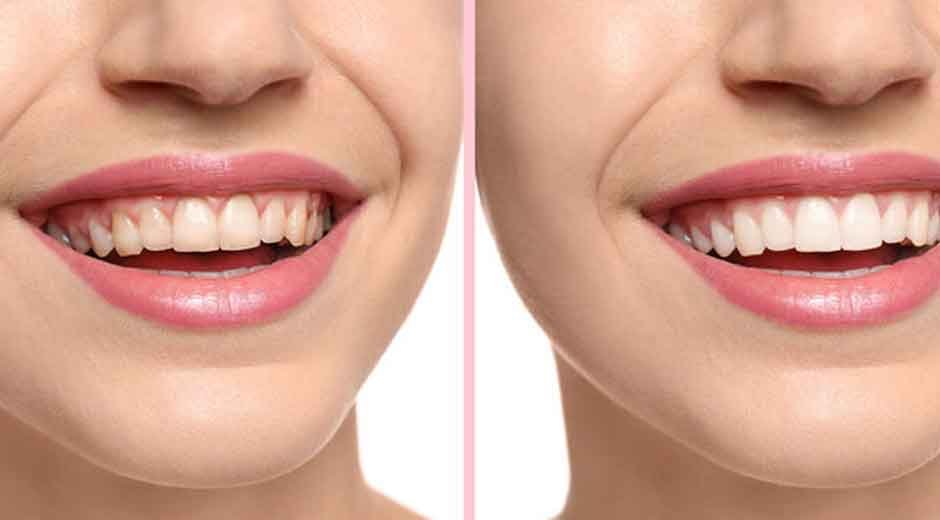A smile isn’t just a showcase of your pearly whites; it’s an essential part of how you communicate, express emotions, and connect with the world. But have you ever wondered why some smiles seem so captivating while others feel a bit off? The answer often lies in smile symmetry and proportions.
Table of Contents
What Is Smile Symmetry?
Simply put, a symmetrical smile means that both sides of the mouth mirror each other. Symmetry plays a significant role in aesthetics. Research has shown that humans naturally gravitate toward balanced, symmetrical features, associating them with beauty and harmony. A symmetrical smile ensures your face appears proportionate and aligned, amplifying its natural attractiveness.
The Role of Symmetry in Smile Aesthetics
- Perceived Beauty:Facial symmetry, including a balanced smile, is often linked to attractiveness. A symmetrical smile can make you appear more confident and approachable.
- Balanced Expressions:Symmetry ensures that expressions feel natural. Even minor asymmetry or shifts in proportions can affect how your smile is interpreted by others, potentially making it look forced or uneven.
- Enhances Facial Features:A proportionate smile complements the other features of your face, creating harmony in your overall appearance.
Why Are Proportions Important?
While symmetry matters, proportions are equally crucial. Smile proportions refer to the size, shape, and spatial positioning of your teeth, gums, and lips in relation to each other and your overall face.
Just as architects design buildings with balanced proportions for stability and beauty, your smile’s proportions are carefully balanced to create visual harmony.
If you check out this dentist in Saratoga Springs NY, they’ll tell you that when proportions are imbalanced—such as excessive gum display, worn-down teeth, or misalignment—it can indicate underlying oral health issues like bruxism, gum disease, or bite problems. Addressing these concerns isn’t just about aesthetics; it also supports proper function and long-term dental health.
Key Smile Proportions to Consider
- Golden Ratio (1.618)
A key concept in aesthetic design, the golden ratio frequently applies to dental aesthetics. It suggests that the upper front teeth and their alignment with surrounding teeth should fit within this ratio, creating a naturally pleasing visual balance.
- Tooth-to-Gum Ratio
The ideal smile reveals around 2 mm of gum tissue above the teeth while smiling. Excessive gum display (a “gummy smile“) or lack of it can throw off overall proportions.
- Smile Width
A smile is considered ideal when it’s wide enough to reveal most, if not all, of the teeth. A narrow smile may not show enough teeth to create an engaging balance.
- Midline Alignment
The dental midline (the space between your two upper front teeth) should align with the facial midline (the center of your nose and chin). Any deviation here can make the smile appear unbalanced.
Factors That Impact Smile Symmetry and Proportions
Achieving a perfectly symmetrical smile isn’t always simple. Here are some factors that can influence smile aesthetics:
- Genetics:Facial symmetry and dental structure are influenced by your DNA.
- Tooth Alignment Issues:Crooked or crowded teeth affect symmetry.
- Trauma or Damage:Injuries or missing teeth can throw off the balance.
- Aging:Gum recession, tooth wear, and other signs of aging can impact proportions over time.
- Lifestyle Habits:Teeth grinding, smoking, and poor oral hygiene can alter your smile’s appearance.
How to Improve Smile Symmetry and Proportions
If your smile feels a bit “off” and you’d like to enhance it, there are plenty of modern solutions. Here are some popular options to consider:
- Orthodontic Treatment
Braces or clear aligners like Invisalign can address misalignment and shift your teeth into their ideal symmetrical positions.
- Teeth Whitening
Discoloration can make your smile look uneven. Whitening treatments, like teeth whitening in Chula Vista, California, restore brightness, creating a more harmonious look.
- Veneers
Dental veneers can cover up imperfections, adjust proportions, and create the appearance of perfect symmetry.
- Gum Contouring
For those dealing with a gummy smile, laser gum contouring can sculpt the gum line to create a more balanced look.
- Smile Makeover
A comprehensive smile makeover, combining multiple cosmetic dentistry treatments, can transform your smile to match your ideal aesthetics.
Why Does Smile Symmetry Matter?
Ultimately, your smile is more than just aesthetics. It plays an important role in how you feel about yourself and how others perceive you. A symmetrical, proportionate smile can:
- Boost your confidence in social and professional settings.
- Convey trustworthiness and approachability.
- Reinforce your overall facial harmony, amplifying your natural beauty.
Conclusion
If you’re curious about improving the symmetry and proportions of your smile, consulting a dental professional is the first step. Whether you want minor adjustments or a complete transformation, there’s a solution tailored to your needs.
